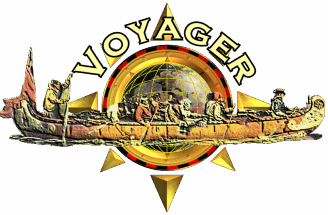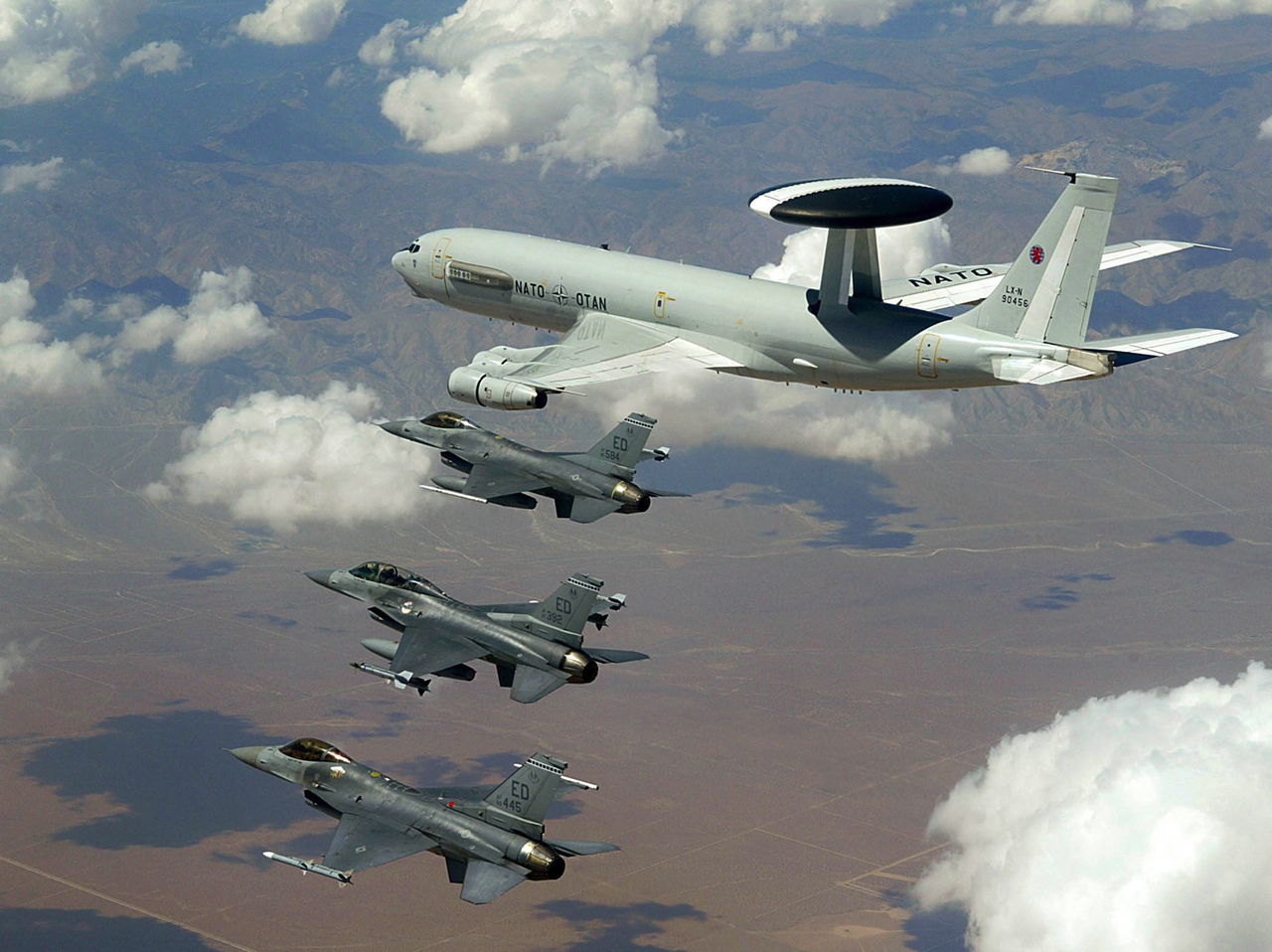Canada and NATO: A Historical and Military Contribution
Since its founding in 1949, the North Atlantic Treaty Organization (NATO) has been a cornerstone of Canada’s defence and foreign policy. Born from the collective need to counter Soviet expansion during the early years of the Cold War, NATO became a military and political alliance that not only defined Canada’s role on the global stage but also tested its commitment to collective security. While Canada’s contributions to NATO have been significant, particularly in its early years, debates over military spending and the country’s place within the alliance have persisted, reflecting the challenges of balancing domestic priorities with international responsibilities.
The Formation of NATO: Canada’s Role as a Founding Member
Canada was one of the original twelve countries to sign the North Atlantic Treaty on April 4, 1949. This was not a foregone conclusion; Canada, as a middle power, had traditionally avoided entangling military alliances. However, the geopolitical realities of the post-war world—marked by the Soviet Union’s tightening grip over Eastern Europe and the perceived threat to Western democracies—prompted Canadian leaders to rethink the nation’s strategic priorities. Foreign Minister Lester B. Pearson, who played a critical role in the negotiations, articulated Canada’s position: “NATO is not merely a military arrangement; it is a manifestation of our common determination to defend the values of democracy and liberty.”
Canada’s participation in NATO was also influenced by its unique position as a North American country with deep ties to Europe. As historian Denis Stairs observed, “Canada’s Atlanticist instincts, rooted in its cultural and historical connections to Britain and France, made NATO an almost natural extension of its foreign policy.” Canada saw NATO as a means to ensure its own security while contributing to a collective effort to preserve peace and stability in Europe.
Canada’s Early Military Contributions to NATO
In the alliance’s formative years, Canada played a leading role in establishing NATO’s military framework. Canadian forces were deployed to Europe as part of the alliance’s collective defence strategy, demonstrating a tangible commitment to the principle that an attack on one member would be considered an attack on all. By the early 1950s, Canada stationed a brigade group in West Germany and maintained a substantial presence in NATO’s air defence, including squadrons of Royal Canadian Air Force (RCAF) fighter jets.
This early contribution was significant given Canada’s relatively small population and limited defence budget. Historian J. L. Granatstein noted, “In the early years of NATO, Canada punched well above its weight, contributing both manpower and resources to ensure the alliance’s credibility.” These deployments were not without domestic cost; maintaining troops overseas strained Canada’s defence budget and required political justifications at home.
The Cold War Years: From Leading Role to Reassessment
Throughout the 1950s and 1960s, Canada remained an active participant in NATO operations, but its contributions began to shift. Economic constraints and changing domestic priorities led successive Canadian governments to reassess the scale of the country’s military commitments. The 1964 decision by Prime Minister Lester B. Pearson to reduce Canada’s forces in Europe signaled the beginning of a gradual decline in its NATO contributions. The focus shifted toward supporting peacekeeping operations under the United Nations, a role that resonated more strongly with Canada’s national identity.
This transition sparked criticism from NATO allies, particularly the United States, who viewed Canada’s retrenchment as undermining the alliance’s collective strength. Despite this, Canada maintained a presence in Europe, albeit on a reduced scale, and continued to fulfill its obligations to NATO’s integrated command structure. As historian Jack Granatstein observed, “Canada’s commitment to NATO was never in question, but the level of that commitment became a point of contention both at home and abroad.”
Military Spending and the NATO Burden-Sharing Debate
One of the most persistent issues in Canada’s NATO participation has been its military spending as a percentage of Gross Domestic Product (GDP). The NATO benchmark, set at 2% of GDP, has often been used as a measure of a member state’s commitment to the alliance. Canada has consistently fallen short of this target, with its defence spending hovering between 1.2% and 1.4% for much of NATO’s history. This disparity has drawn criticism from allies, particularly during periods of heightened tension, such as the Cold War and, more recently, the conflicts in Afghanistan and Ukraine.
Successive Canadian governments have defended the country’s contributions by highlighting its operational commitments rather than focusing solely on budgetary measures. As historian David Bercuson argued, “Canada’s military spending may not meet NATO’s preferred benchmarks, but its contributions in terms of personnel and active deployments are substantial and often exceed expectations.” This argument underscores the complexity of assessing NATO contributions, which involve not only financial inputs but also strategic deployments and political commitments.
Post-Cold War Contributions and Renewed Engagement
The end of the Cold War brought new challenges and opportunities for NATO, and Canada adapted its role within the alliance to meet these changing realities. The disintegration of Yugoslavia in the 1990s marked a significant moment for NATO as it undertook peacekeeping and enforcement missions in the Balkans. Canadian forces were heavily involved in these operations, contributing to air campaigns and ground missions designed to stabilize the region.
The September 11, 2001, terrorist attacks on the United States and the subsequent invocation of NATO’s Article 5—the collective defence clause—further underscored Canada’s commitment to the alliance. Canada played a leading role in the NATO-led mission in Afghanistan, deploying thousands of troops to the conflict-ridden Kandahar province. This marked one of the most substantial military engagements in Canadian history since the Korean War and demonstrated the country’s willingness to share in the burdens of modern NATO operations.
Challenges in the 21st Century
In recent years, Canada’s NATO commitments have been shaped by the alliance’s evolving focus on countering Russian aggression and addressing emerging security threats, such as cyber warfare. Canada has taken a leadership role in NATO’s Enhanced Forward Presence (eFP) initiative, leading a multinational battlegroup in Latvia to deter Russian aggression in Eastern Europe. This commitment underscores Canada’s ongoing dedication to the principle of collective defence, even as debates over military spending persist.
The question of defence spending remains a contentious issue domestically. Critics argue that Canada’s failure to meet the 2% GDP target undermines its credibility within NATO and risks alienating key allies. Proponents of Canada’s current approach contend that the country’s operational contributions and leadership in specific missions compensate for its budgetary shortfalls. As historian Kim Richard Nossal noted, “Canada’s relationship with NATO is defined by its pragmatism, balancing its limited resources with its commitment to shared security.”
Conclusion
Canada’s role in NATO has evolved significantly since 1949, reflecting both the changing nature of global security and the shifting priorities of successive Canadian governments. From its early days as a leading contributor to the alliance’s military framework to its current focus on targeted deployments and leadership roles, Canada has consistently demonstrated its commitment to NATO’s core principles of collective defence and cooperative security. However, debates over military spending and the balance between domestic and international priorities remain unresolved, highlighting the complexities of Canada’s position within the alliance.
As NATO faces new challenges in the 21st century, including rising geopolitical tensions and technological threats, Canada’s ability to adapt and maintain its commitments will be critical. The nation’s history within NATO is a testament to its enduring belief in multilateralism and the importance of shared security, even as it continues to navigate the tension between its aspirations and its limitations.
References
- Granatstein, J. L. (1998). Who Killed the Canadian Military? Toronto: HarperCollins.
- Stairs, D. (1981). The Diplomacy of Constraint: Canada, the Korean War and the United States. Toronto: University of Toronto Press.
- Bercuson, D. J. (2008). Canada’s Army: Waging War and Keeping the Peace. Toronto: University of Toronto Press.
- Nossal, K. R. (2016). The Politics of Canadian Foreign Policy. Toronto: Oxford University Press.
- Pearson, L. B. (1951). Memoirs: The International Years. Toronto: University of Toronto Press.


Hi, this is a comment.
To get started with moderating, editing, and deleting comments, please visit the Comments screen in the dashboard.
Commenter avatars come from Gravatar.
I learned a lot from this article—it was written in such an engaging way!
The site’s design is sleek and modern.
Good write-up, I am normal visitor of one’s site, maintain up the nice operate, and It is going to be a regular visitor for a long time.